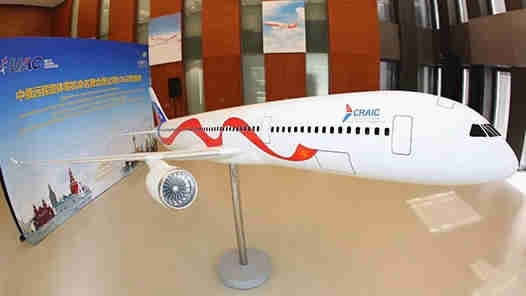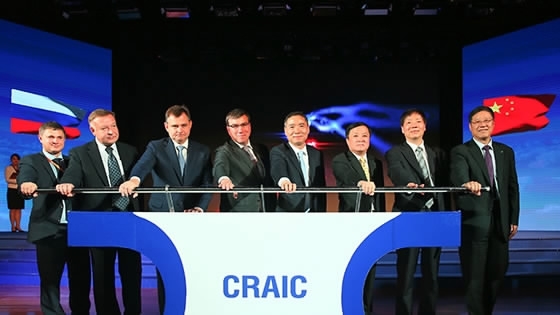
Tech & Sci
12:21, 06-Dec-2017
Russia builds engine for CR929 aircraft
By Aljosa Milenkovic

In late September 2017, China’s Aero Engine Corporation signed a memorandum of understanding on cooperation with the Russian state-owned United Engine Corporation (UEC), part of ROSTEC corporation.
The agreement covers the development and production of an engine to power the new joint CR929 aircraft. It is the first wide-body, long-range commercial aircraft that will not be produced by either Boeing or Airbus.
One of the factories that will produce important parts for that aircraft’s engine is Salyut, a 105-year-old company that has produced some state-of-the-art aircraft engines, including those for the legendary Su-27 fighter jet. Now they hope to participate in one of the biggest and most important aircraft production endeavors in recent Russian history.
Salyut’s role is participation in developing and later production of the new PD-35 engine that will power the CR929 airliner -- a project in which many Chinese and Russian companies are excited about.
One of the CR929 main breakthroughs is supposed to be its new engine, the PD-35. It’ll derive from the Russian PD-14, the first to rival the Western analogues. PD-14 is originally developed for the MS-21 aircraft, designed to rival Boeing 737 and Airbus 320. It was the first Russian indigenous airliner of such class, and its first flight happened in May this year. Now, China and Russia are looking to capitalize on that breakthrough by agreeing on a 50:50 joint venture that will hopefully see a new PD-35 propelling CR929 to the skies.

The operator of the project's logo was revealed in September, 2017. /COMAC Photo
The operator of the project's logo was revealed in September, 2017. /COMAC Photo
Russian contribution to the development of the PD-35 is done under the control and supervision of UEC. And they say they are proud to work with their Chinese colleagues on this groundbreaking project.
UEC representative Fedor Mironov shared that PD-35 advantages over it’s western counterparts will be not just empty words:
“The PD-35 engine will have characteristics that can be competitive not just with existing British or American analogues, but also with future projects that will be created after the year 2020. That’s why we are implementing in this PD-35 engine such technologies like composite fan blades, a high-effectiveness compressor, a low-emission combustion chamber, a high-temperature turbine, and other polymer-based parts.”
The aircraft that will be powered by that engine, the CR929, will also have some features which its direct competitors don't have, such as wider isles, more stowage capacity, as well as less noise and exploitation costs.
Aviation expert Oleg Panteleyev from Moscow-based Aviaport Analytic Agency stressed further potential advantages of the CR929.
“A new generation of aviation equipment is emerging with a new concept of electrical plane controls. And the implementation of these breakthroughs brings reductions in fuel consumption of 15 percent, compared with existing aircraft.”
Experts say that if both China and Russia maintain their commitment to this project and provide stable financing, we could see the CR929 in our skies by 2025.
It's expected the joint project could take about 10 percent of the world's market share in that aviation class, and become primary airliner for Chinese and Russian carriers.
(Top photo credit: Commercial Aircraft Corporation of China, Ltd.)

SITEMAP
Copyright © 2018 CGTN. Beijing ICP prepared NO.16065310-3
Copyright © 2018 CGTN. Beijing ICP prepared NO.16065310-3